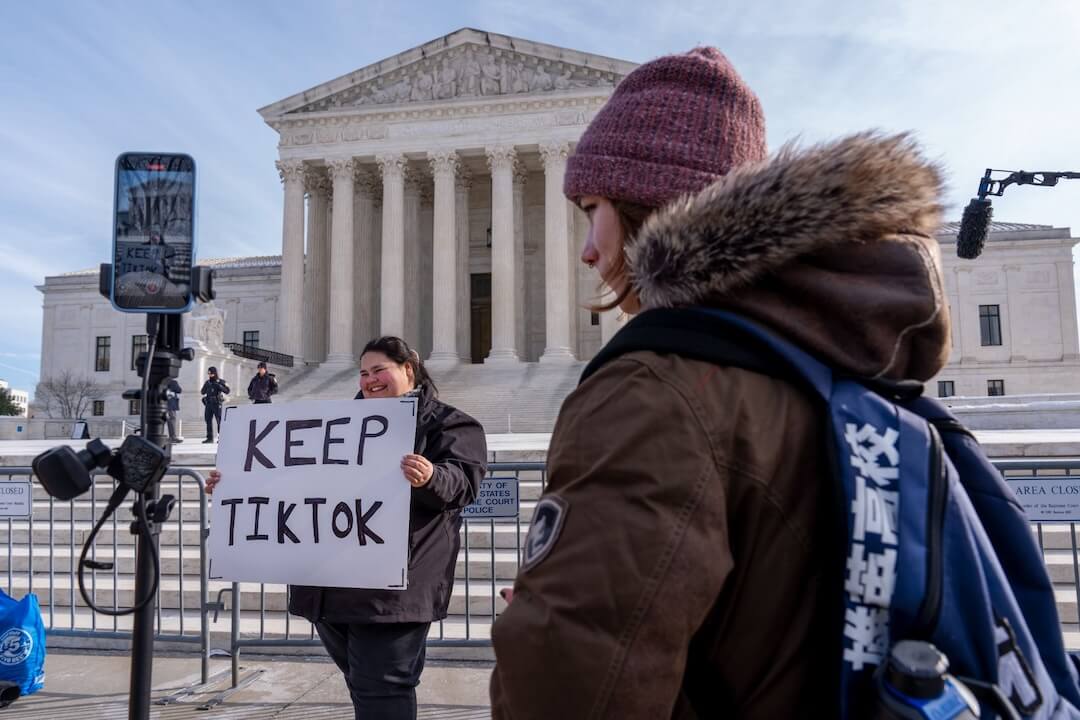When it came to placing the domestic assault case of NFL star Ray Rice in any larger societal framework, much of the media fumbled early on, according to an academic study.

Baltimore Ravens running back Ray Rice, left, addressing the media at a news conference after NFL football training camp practice, on July 31, 2014, in Owings Mills, Md. (AP Photo/Gail Burton)
The preliminary findings were presented Thursday at an international gathering of political scientists via a draft of a paper titled, “Mediating the Red Zone: Tracing Sports Media’s Coverage of the Ray Rice Case and the Continued Influence of Traditional Media.”
A trio of young political scientists from Georgetown University and Colorado State University conclude that traditional media, led in no small measure by the New York Times, did better early on in grasping the larger significance of the Rice case.
But much of the coverage by sports media across the board was narrow and, in the researchers’ view, partly reflected male-dominated sports reporting that tends not to place events in larger societal frameworks.
“We think sports media is more inclined to not adopt a larger framework than non sports media,” said Holly Jeanine Boux of Georgetown in an assessment that might not shock many media observers.
As far as how she’d characterize much initial coverage of the Rice story, Boux was pithy during a question and answer period: “’This is what is happening with Ray Rice and your fantasy teams are screwed,’” is how she put it.
By then, she had reminded listeners of the saga’s basic timeline:
Rice was arrested for domestic assault of his then-fiancé in February 2014. That didn’t make huge headlines but those started coming with the subsequent release of hotel video showing him dragging her out of an elevator.
In May he was arrested for aggravated assault, prompting his July suspension for two games in the upcoming season. In August NFL Commissioner Roger Goodell held a much-criticized press conference on the matter and in short order the league announced a new domestic violence policy.
On Sept. 2 came the most vivid event: release of a second video, from inside the elevator and showing Rice knocking out his fiancé. The Baltimore Ravens then released him, with the NFL soon turning the two-game suspension into an indefinite one.
The researchers looked at newspaper and online coverage between mid-February and mid-September, 2014. In November a neutral arbitrator vacated the suspension but no team has signed Rice.
The researchers placed a variety of media into different categories for the purpose of generalizing about coverage.
What they tagged the “old non-sports media” consisted of the New York Times, Washington Post, USA Today, CBS Online and CNN Online.
“New non-sports media” were Vice, Huffington Post, Politico, Buzzfeed and Mashable, while “new sports” outlets were Bleacher Report, SB Nation, Rant Sports, Deadspin and Black Sports Online.
In assessing 423 articles for the context in which they placed the story, the academic trio posited many metrics, including whether race was mentioned and even the gender of the author.
What they deemed narrow coverage by most outlets began to shift to a “broader societal frame” by August. By and large, they maintain, new and old media changed for the positive at about the same time.
The paper presented at the annual Midwest Political Science Association conference, which is being attended this weekend by 4,500 people from around the world, is explicitly preliminary and the authors conceded questions remain.
Can one pinpoint any media outlets for being the most influential in driving change of the coverage? One hypothesis is that the New York Times was critical.
There is also an initial sense that by September, “new media outlets really drove the story,” including SB Nation, Bleacher Report and Vox, according to Megan Ruxton of Colorado State University.
But did their success in doing so also reflect “looser standards in their editorial reporting?” she wondered. “Were they putting things out there and others were then picking it up?”
The paper was discussed with several others at a larger session called “Deciding What’s News, Deciding What’s Fact: Journalism in the Age of ‘Truthiness.’”
Several academics diplomatically suggested ways in which the Rice study could be refined before formal publication, including giving a closer look to how coverage evolved after the inside-the-elevator tape went public.
In addition, there were recommendations to connect coverage more closely with the NFL’s seemingly ham-handed responses.
“Everything they [the NFL] did seemed to be in response to Americans being horrified. Have you thought of incorporating that?” asked an academic in the audience.
Boux intimated they might now. In so doing, she proffered a rather broad generalization about domestic abuse and pro football.
“This type of thing happens frequently, especially among running backs. They are more inclined to abuse their wives.”





